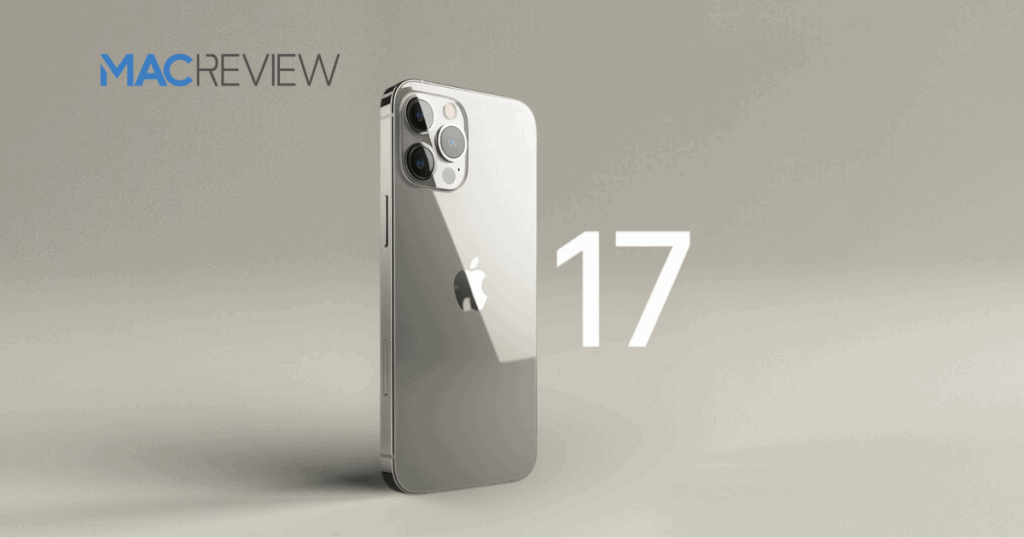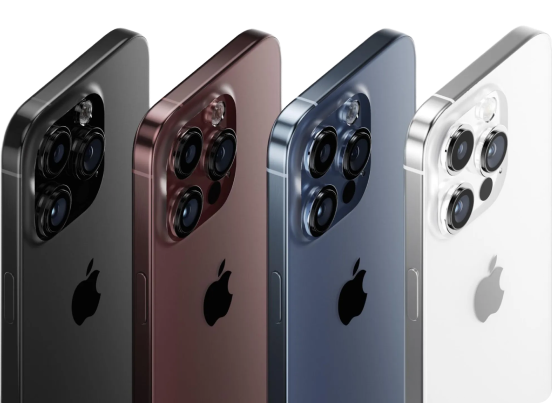Apple’s decision to retain the triangular camera setup in the iPhone 17 Pro is a testament to its commitment to merging aesthetic appeal with advanced technology. This design choice is not merely about maintaining a visual identity but also enhancing photographic capabilities and user experience. Here, we delve into the intricacies of this design and what it means for the future of smartphone photography.
The Significance of the Triangular Camera Layout
Evolution of Camera Designs in Smartphones:
- Introduction with iPhone 11 Pro: Marked a shift from traditional layouts, optimizing space for more sophisticated camera technology.
- Balancing Aesthetic and Function: The triangular layout enhances optical capabilities while ensuring the device remains sleek and ergonomic.
Benefits of the Triangular Setup:
- Optimal Space Utilization: Facilitates the inclusion of advanced technology within a compact area.
- Enhanced Image Quality: Improves low-light performance and optical stability, enriching the overall photography experience.
Enhancing User Experience with Advanced Technology
User-Centric Design Philosophy:
- Ergonomic Handling: The layout enhances device stability and ease of use during photography.
- Consistent Interface: Familiarity across generations reduces the learning curve for new iPhone users, simplifying transitions between updates.
Integration of Cutting-Edge Camera Features:
- Spatial Video Capabilities: Allows for dynamic content creation with depth perception.
- Heat Dissipation: Improved design aids in heat management, enhancing device performance during intensive tasks.
Competing in a Crowded Market: Apple’s Strategic Positioning
Differentiation Through Design:
- Unique Camera Layout: Sets the iPhone 17 Pro apart in a market saturated with diverse camera technologies.
- Brand Consistency: Maintains a recognizable design that fosters consumer loyalty and trust.
Meeting Consumer Expectations:
- Advanced Photographic Features: Aligns with consumer demand for high-quality imaging.
- Market Trends: Responds to increasing consumer interest in professional-grade photography on smartphones.
Future Directions in Smartphone Photography
Technological Innovations:
- AI and Computational Photography: Expected to further enhance the capabilities of the triangular camera setup.
- Integration with Other Apple Products: Potential for cross-device features enhancing the Apple ecosystem.
Consumer Trends:
- Rising Demand for High-Quality Cameras: Consumers continue to prioritize camera quality as a key factor in smartphone purchases.
- Expectations for Innovative Designs: The market’s appetite for innovation presents opportunities for Apple to lead with its established yet evolving camera design.
Why the Triangular Camera Design Matters
Apple’s strategic decision to stick with the triangular camera design in the iPhone 17 Pro reflects its foresight in balancing innovation with user familiarity. As smartphone technology continues to evolve, this approach not only satisfies current user needs but also positions Apple as a leader in the competitive tech landscape. The triangular camera layout is more than a design choice—it’s a hallmark of quality and innovation that promises to enhance the way we capture and experience the world.




